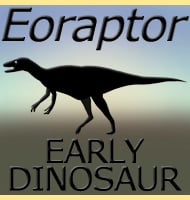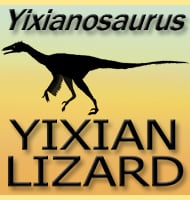Eoraptor
In Depth Eoraptor stands out not only for being one of the first dinosaurs to ever walk the Earth, but because palaeontologists cannot conclusively agree on where to place it in relation to other dinosaurs. Initially Eoraptor was classed as a theropod because of its bipedal stance and narrow build, but the sauropodomorphs (which would … Read more

